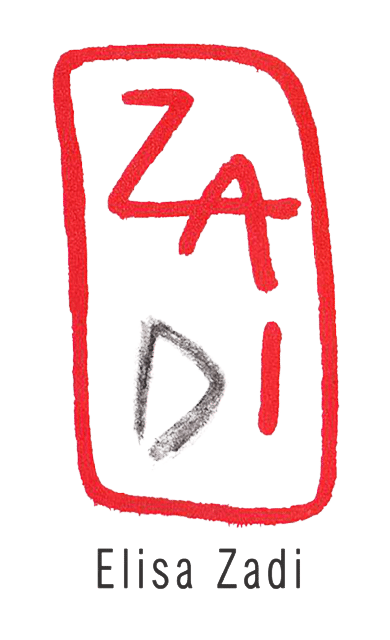
Prima Viola

Prima Viola, 2017, performance partecipata, 15' variabile
"Eat the first viola you see", "make a wish"
said the grandmother. Perhaps as a good omen for a new season but surely, by making this gesture, a sort of strange metamorphosis takes place between us and the eaten flower: by incorporating the flower we become one thing, another thing, the same other thing. The human body and the flower come together, symbolically participating in the miracle of spring. "Prima Viola" wants to renew this popular memory and create a sort of interactive-participatory ritual in which gestures become initiatory and propitiatory.

Bosco d'arte Gianni Bandinelli, 25 aprile 2017, Greve in Chianti, Firenze
Rebirth is spring
How to become part of the miracle of rebirth that nature exercises in spring? How to become part of that Nature, how to penetrate your body with it, to merge into a symbolic and physical act at the same time? The act of eating is what allows us to incorporate things, to make them ours, part of ourselves, assimilating them ideally and chemically. From this thought the participatory performance of Elisa Zadi “Prima Viola” is conceived.
“To do this, I chose violets, an edible flower among the first to show its colors upon vegetative awakening. Flower linked to the memories of my childhood and to the traditional folk rituals that are handed down in the countryside "Eat the first viola you see, make a wish". A wish for hope and rebirth that I feel very strong in spring and that I want to offer to others as a participatory gift in my performance to involve them, I hope for this feeling. "
Elisa Zadi's participatory performance begins in the concentrated silence of a ritual that underlines what is about to happen: an eardrum sound marks the departure of a concentrated and conscious gesture that slowly digs the earth with its bare hands to regain contact with Nature, ideally the roots, and the ideal germ is sown that makes the performer's womb fruitful. Subsequently, in fact, the specially designed dress is opened at the height of the belly. Inside, some flowers have sprouted!
The rough canvas dress painted with "the ritual phrase" and violet flowers of different shades now opens up in the belly to reveal a soft purple fabric from which purple flowers emerge and are placed on a golden tray.
The initiation ritual of participatory begins. The artist offers the "born" flowers to the diners-participants, urging them to eat and make a wish. In doing so they are "marked" by the artist in purple on the central part of the forehead. This marking is reminiscent of oriental rituals and indicates that the process of incorporation of the flower, of spring, of desire is taking place.
The artist poses as a goddess-medium to revive the miracle of rebirth, of spring.
The sense of belonging and sharing becomes stronger as the performance progresses over time and involves more and more participants, who, as in a religious act, allow themselves to be transformed by this simple and meaningful gesture which now has the power of transformation and awareness of eating as an incorporation of elements. Eating not to feed ourselves but to nourish ourselves, in this case of spiritual food that initiates the rebirth within us, to harmonize and make us feel a little more part of the Nature that surrounds us and participates in this spring.

























